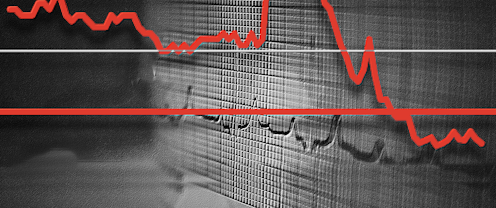
Australia’s leading economists believe Australia can sustain an unemployment rate as low as 3.75% – much lower than the latest Reserve Bank estimate of 4.25% and the Treasury’s latest estimate of 4.5%.
This finding, in an Economic Society of Australia poll of 51 leading economists selected by their peers, comes ahead of next month’s release of a government employment white paper, and an expected direction from Treasurer Jim Chalmers that the Reserve Bank quantify its official employment target.
Asked what unemployment rate was most consistent with “full employment” under present policy settings, the 46 respondents who were prepared to pick a number or range picked an average rate of 3.75%.
The median (middle) response was higher, but still below official estimates – an unemployment rate of 4%.

Authors: Peter Martin, Visiting Fellow, Crawford School of Public Policy, Australian National University
Read more








